
On June 24, the Hue City Historical Science Association organized a scientific workshop on "Historical figures in the protection of national sovereignty at Thuan An seaport and Hue Capital (1883-1885)".
In the middle of the 19th century, when the French colonialists opened fire to invade Vietnam, the entire people and army of the Nguyen Dynasty fought back fiercely. The French colonialists gradually occupied many places in our country's territory, and finally decided to carry out an important attack on the "brain" center, the Imperial Capital of Hue, during the period 1883-1885.
The battle to protect Thuan An estuary in 1883 and the mutiny in Hue Capital in 1885 saw many historical figures fall, along with thousands of civilians and soldiers. There are still many relics to remind future generations of the patriotism and fighting spirit of our ancestors to protect the country's sovereignty.
According to Associate Professor Dr. Nguyen Tat Thang, Hue University of Education, the battle in Thuan An in 1883 and in Hue Capital in 1885, although taking place at two different times, had similar results.
The failure stemmed from many causes, both objective and subjective, but from any perspective, these two events were days of extreme sadness for the people of Hue.
“The period 1883-1885, although not a long time, had many historical events that affected the independence of the nation. This was also the period when the leadership role of the Nguyen Dynasty as a sovereign state ended, and was the time when a patriotic movement of the people under the name of Can Vuong began in the late 19th century in Vietnam” - Associate Professor, Dr. Nguyen Tat Thang commented.

When Thuan An fell on August 20, 1883, many people sacrificed their lives in the battle at the foot of Tran Hai citadel, including historical figures such as Le Si, Le Chuan, Nguyen Trung, Lam Hoanh, and Tran Thuc Nhan who committed suicide...
Mr. Bui Van Tieng, Chairman of the Historical Science Association of Da Nang city, said: In the National History Institute of the Nguyen Dynasty, Dien Hai citadel at Da Nang seaport and Tran Hai citadel at Thuan An seaport are always connected together.
“Currently, both are national relics and special national relics. We hope that these two relics will become attractive destinations for tourists from all over the world so that the battle at the foot of Tran Hai citadel and the battle at the foot of Dien Hai citadel will always be remembered by posterity,” Mr. Bui Van Tieng emphasized.
When mentioning the events at Thuan An seaport in 1883 and the Hue Capital mutiny in 1885, we cannot ignore the related locations and relics, such as: Tran Hai Thanh, Am Linh temple (Nguyen Lu street, Thuan An ward), Am Hon altar (Ong Ich Khiem street, Thuan Hoa ward), Am Hon temple (Mai Thuc Loan - Le Thanh Ton intersection, Thuan Loc ward); cemetery and Ba Don pagoda (Tam Thai street, An Tay ward)...
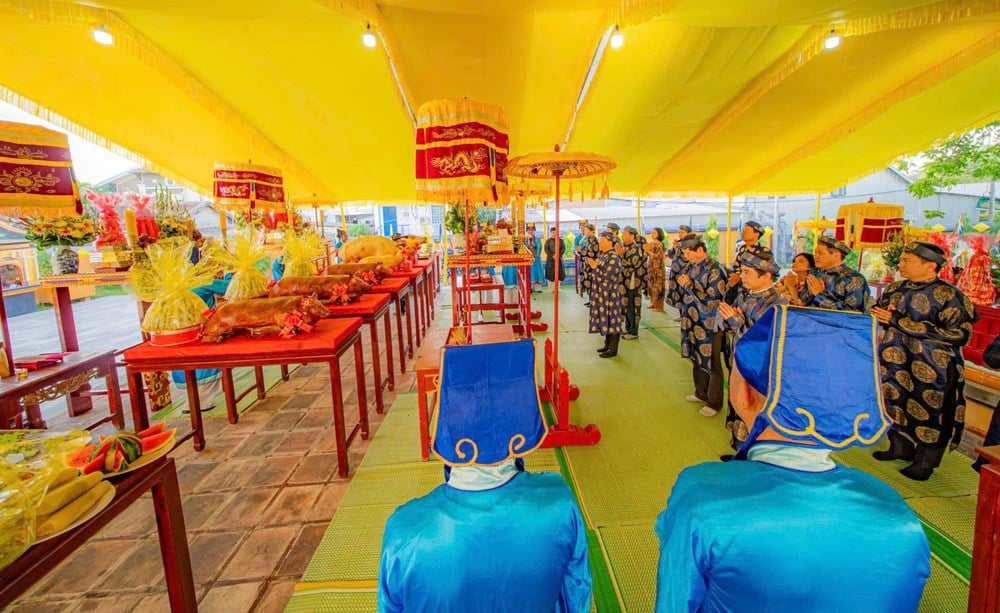
MSc. Le Thi Mai An and MSc. Nguyen Huu Phuc, currently working at the Hue City Museum of History and the Hue Monuments Conservation Center, proposed solutions to promote the value of relics associated with the fall of Thuan An and the fall of Hue Imperial City.
According to the authors, it is necessary to promote propaganda and education activities to raise public awareness of the value of the relics associated with these two events. The local authorities and people where the relics are located need to coordinate well in preserving and promoting the value of the relics and exploiting them for tourism purposes.
Connect with travel agencies to build sightseeing tours, possibly incorporating experiential sessions with local people to prepare offerings and participate in worshiping on May 23 (lunar calendar) at households to better understand the spiritual culture of the ancient capital.
At the same time, all levels and sectors coordinate with the Department of Education and Training to bring cultural heritage education content into schools, including in-depth study of historical relics associated with two events at Thuan An seaport in 1883 and Hue capital in 1885...
For more than a century, the sites and relics related to these two events have been historical relics that reflect a painful but heroic and indomitable period of the Vietnamese people. Therefore, promoting the value of the relics associated with the two events at Thuan An seaport in 1883 and the fall of Hue capital in 1885 is a necessary task, requiring the cooperation and contribution of all levels of government and people.
Source: https://baovanhoa.vn/van-hoa/phat-huy-gia-tri-cac-di-tich-gan-voi-su-kien-chien-dau-o-cua-bien-thuan-an-va-kinh-do-hue-145697.html




![[Photo] Deep sea sand deposits, ancient wooden ship An Bang faces the risk of being buried again](https://vphoto.vietnam.vn/thumb/1200x675/vietnam/resource/IMAGE/2025/11/13/1763033175715_ndo_br_thuyen-1-jpg.webp)

![[Photo] Special class in Tra Linh](https://vphoto.vietnam.vn/thumb/1200x675/vietnam/resource/IMAGE/2025/11/14/1763078485441_ndo_br_lop-hoc-7-jpg.webp)



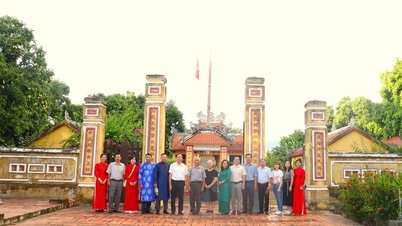
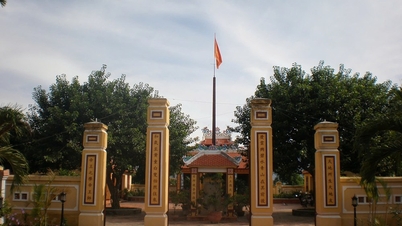


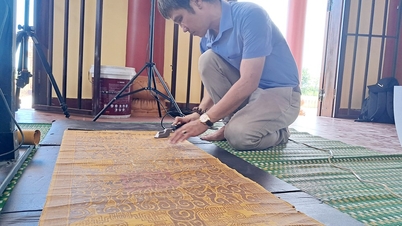
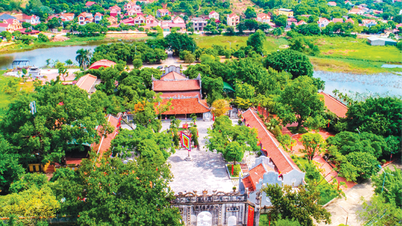







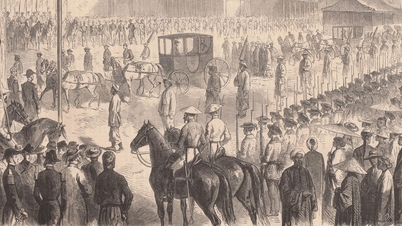







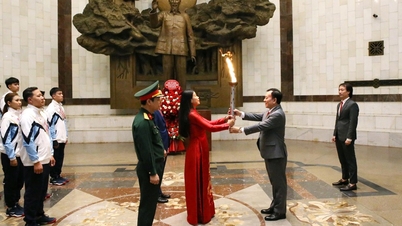













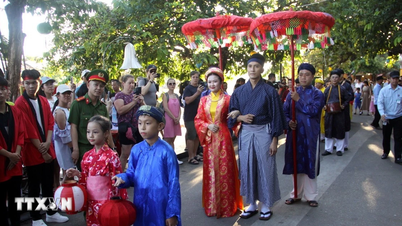


















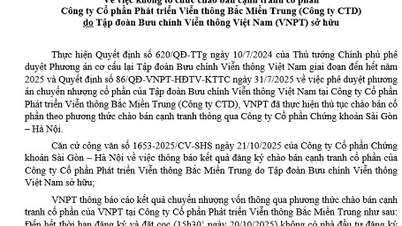























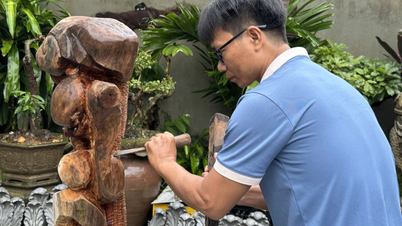












![Dong Nai OCOP transition: [Article 3] Linking tourism with OCOP product consumption](https://vphoto.vietnam.vn/thumb/402x226/vietnam/resource/IMAGE/2025/11/10/1762739199309_1324-2740-7_n-162543_981.jpeg)







Comment (0)